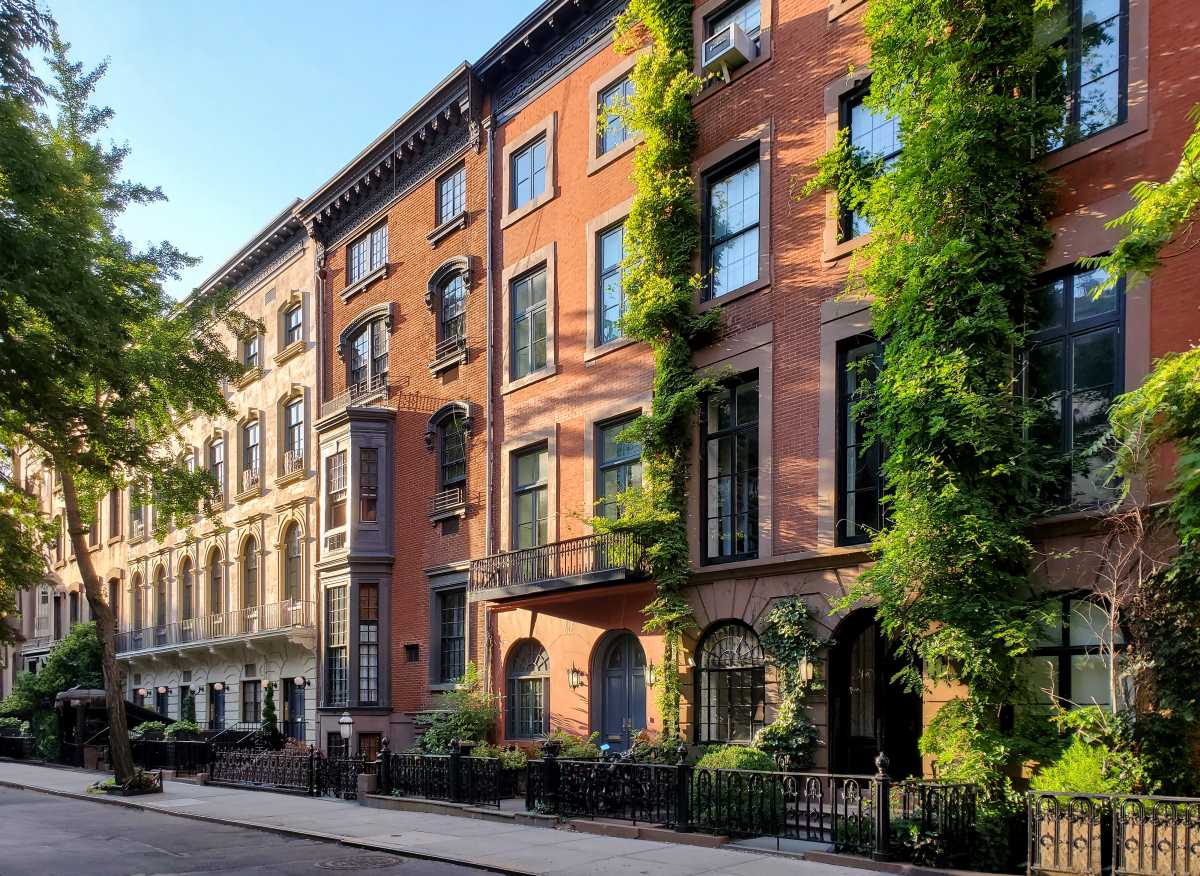BY LINCOLN ANDERSON | On Wednesday, it was reported that that the jury in the Etan Patz missing-child murder case told the judge they could not reach a verdict on whether Pedro Hernandez is guilty in the boy’s disappearance in 1979.

After deliberating for 10 days, the jury informed the judge, State Supreme Court Justice Maxwell Wiley, that they were deadlocked and could not reach a unanimous decision.
As usually happens in such an instance, the judge issued a so-called “Allen charge,” asking them to try one last time to reach a verdict. If it remains a hung jury, it will be declared a mistrial.
As of Wednesday, the judge was said to be “reviewing options.”
The jury had previously asked for a read-back of closing arguments by both sides, which will start Thursday and should take two days. The trial thus reportedly could conclude by this Friday.
Hernandez, who was arrested in 2012, told police that he lured the 6-year-old Soho boy, with the promise of a soda, into the basement of a bodega at West Broadway and Prince St. where he worked, and then choked him to death. He said he then dumped the body in an alley about a block away on Thompson St. But Patz’s body was never found.
The lengthy trial has been going on since early this year. Hernandez’s defense team has argued that his confessions were coerced by police, and that he has a very low I.Q., hallucinates and is extremely suggestible. They say Jose Ramos, long the main suspect in Etan’s disappearance, is guilty in the boy’s death.
Ramos, who is serving time in Pennsylvania on child-molestation charges, was brought to New York City in December for the trial pursuant to a “material witness order.” But, exercising his Fifth Amendment right not to incriminate himself, he refused to take the stand.




























